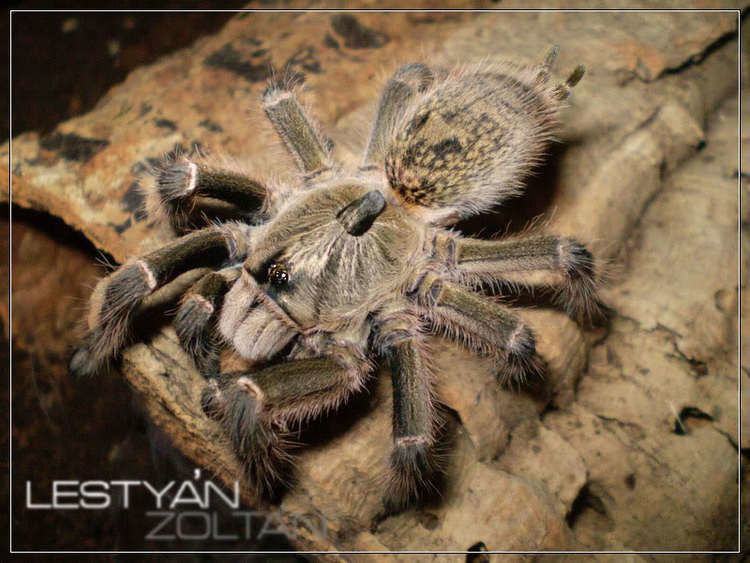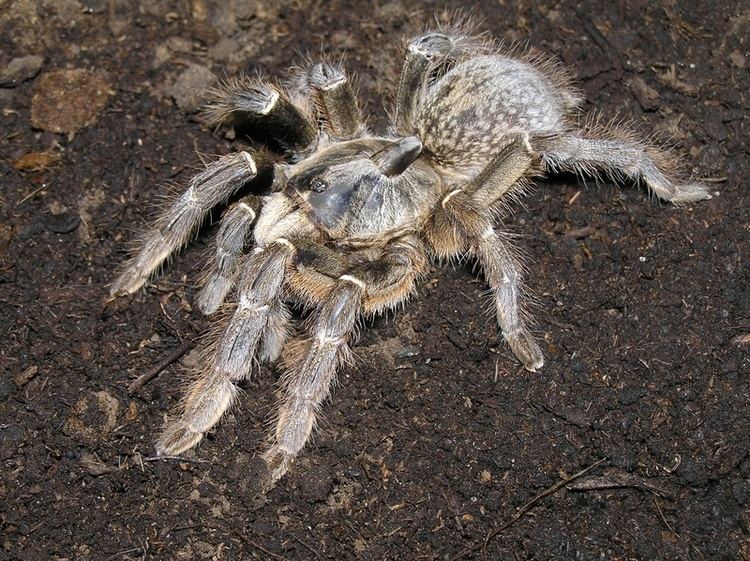Rank Species | Order Araneae Family Theraphosidae Higher classification Ceratogyrus | |
 | ||
Similar Ceratogyrus, Tarantula, Straight Horned Baboon, Pterinochilus, Pterinochilus murinus | ||
Tarantula mating ceratogyrus darlingi rear horned baboon spiders n inverts 21
Ceratogyrus darlingi (commonly called burst horned baboon or African rear-horned baboon, synonym Ceratogyrus bechuanicus) is a theraphosid spider from southern Africa, mainly Botswana and Lesotho. They reach a body length of about 5 inches (130 mm) and are ash-gray, mud-brown to black. The peltidium features a black foveal horn.
Contents
- Tarantula mating ceratogyrus darlingi rear horned baboon spiders n inverts 21
- Tarantula mating ceratogyrus darlingi rear horned baboon spiders n inverts 31
- As pets
- References
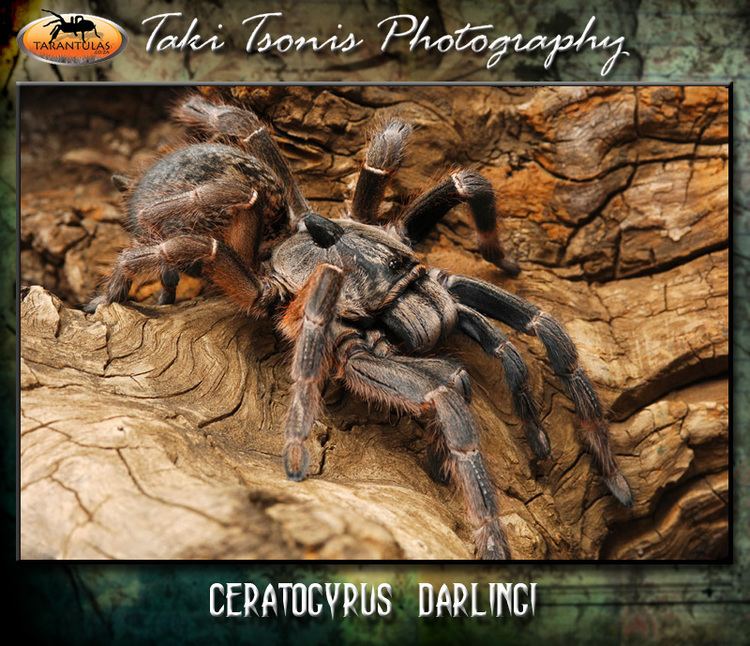
Tarantula mating ceratogyrus darlingi rear horned baboon spiders n inverts 31
As pets
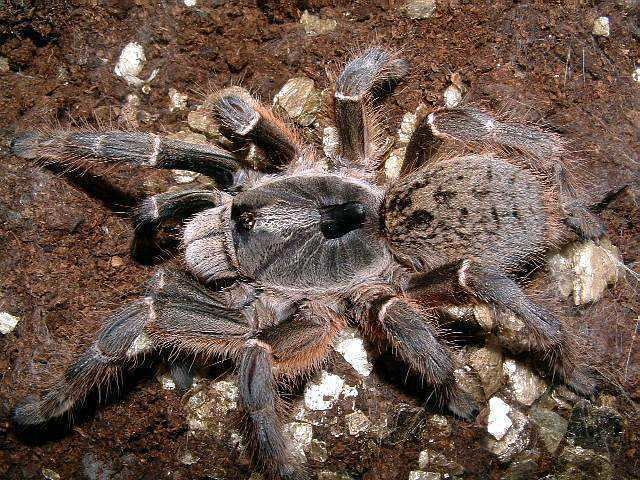
C. darlingi, often still known under its obsolete name C. bechuanicus, is the most common Ceratogyrus species held in captivity, although it is rather aggressive and fast. When kept in captivity, it requires dry substrate, such as coconut fiber, on which to live. This allows it to burrow, and also will allow it to avoid fungal infection. They are obligatory burrowers. As this species is from a very arid habitat, it cannot cope with too much moisture.
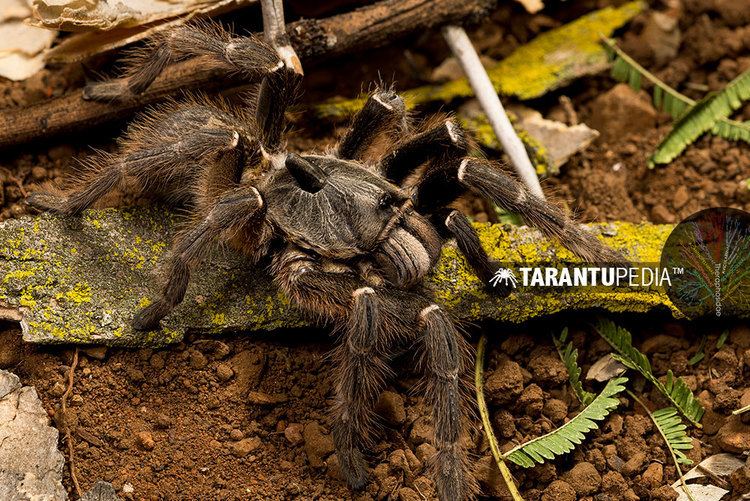
They will readily take crickets, roaches and superworms but tend to shy away from large prey items. Food is usually pulled in and eaten inside the burrow. Molting also occurs inside the burrow.
Pairs will breed readily and quickly. Females could live an approximate 10 to 12 years in captivity.
